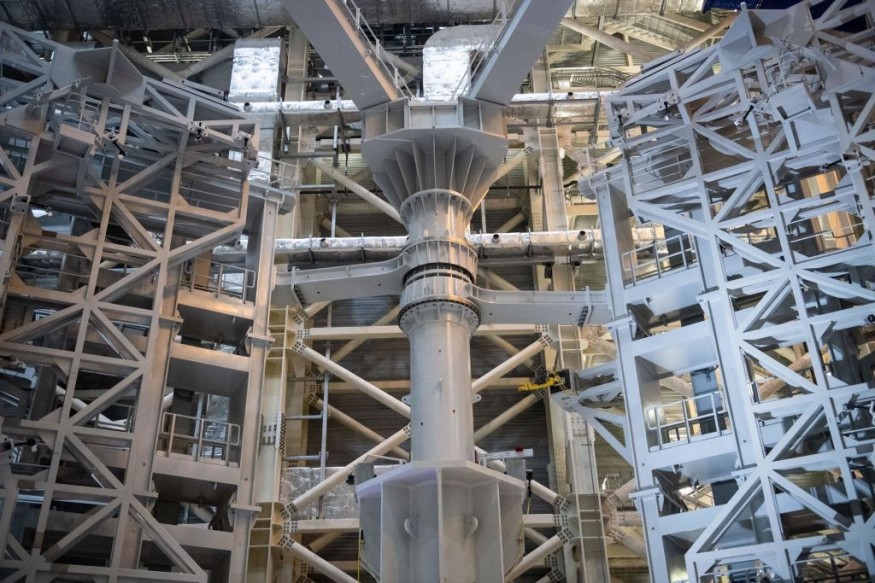NASA collaborates with the Idaho National Laboratory of the US Department of Energy to establish a non-solar power source on the moon by 2030. They would, however, want to hear suggestions from other people over nuclear reactor, too!
A call for reactor concepts is open until mid-February on behalf of NASA and a DOE contractor. The request comes in the wake of a re-energized lunar program. Humans will return to the lunar surface for the first time in over 50 years as part of the Artemis missions. As human ambitions expand beyond our pale blue dot, so do ideas for human infrastructure beyond our pale blue dot.

NASA Wants to Put a Nuclear Reactor on the Moon
NASA and the Department of Energy's Idaho National Laboratory collaborate to place a nuclear reactor on the moon within the next ten years.
According to the Idaho National Laboratory, they are "seeking proposals from nuclear and space industry leaders to develop innovative technologies for a fission surface power (FSP) system for lunar power applications."
The deadline for nuclear reactor proposals is February 19, 2022. NASA attempts to develop the moon into an interplanetary base for human space exploration, including future crewed flights to Mars, with the reactor as part of that effort.
ALSO READ : NASA Artemis Program Taking the Next Step to Make Moon Nuclear Reactor a Reality in the Next 10 Years
Nuclear Reactor Proposal Guidelines
Those interested in submitting plans must meet specific rules, according to Space.com. Any planned nuclear reactor must be a uranium-fueled fission reactor and weigh no more than 13,200 pounds. The reactor must also be small enough to fit inside a rocket that is 12 feet long and 18 feet broad.
The nuclear reactor is planned to be completed on Earth before being sent to the moon, producing 40 kilowatts of power for the following decade. According to the same Space.com report, the nuclear reactor will need temperature controls to keep it cool because the temperature on the moon may reach 260 degrees Fahrenheit during the day.
Nuclear Fission Explained
According to Gizmodo, nuclear fission releases energy due to dividing a heavy atomic nucleus into lighter nuclei. (This is not to be confused with fusion, in which two light nuclei merge to form a heavier atom, which likewise produces enormous amounts of energy.) In the United States alone, there are 94 nuclear reactors in operation.
Solar power isn't guaranteed just because you're in space, and nuclear power is a terrific method to power spacecraft reliably. For example, the US Department of Energy said the Perseverance rover relies on plutonium-238 to keep its systems working.
There could be a long-term presence off-planet if people don't have a local power source. It appears to be simple enough. If you believe you can assist NASA, be sure to draft and submit your proposals by February 2022.
RELATED ARTICLE : Nuclear Fusion: Ex-CIA Analyst Says US, China Race Over Solar Power; Is EU Lagging Behind?
Check out more news and information on Space in Science Times.












